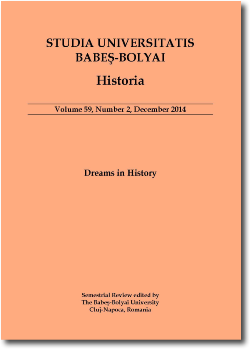VOTIVE STONE CARVINGS FROM TIBISCUM. LOCAL PRODUCTION AND IMPORT
VOTIVE STONE CARVINGS FROM TIBISCUM. LOCAL PRODUCTION AND IMPORT
Author(s): Mariana Balaci Crînguş, Cătălin BalaciSubject(s): History
Published by: Studia Universitatis Babes-Bolyai
Keywords: Votive reliefs; stone-workshops; local productions; Greek-Roman deities.
Summary/Abstract: Tibiscum is an important military and civilian settlement from south-western part of Dacia Superior. In the fort several units were garrisoned, mainly from oriental provinces of the Empire and beside the fortification the civil settlement quickly flourished and in the beginning of the IIIrd century AD the settlement here become a municipium or at least some part of it. The votive stone carvings discovered in the fort, the vicus or the municipium represent, in general, Greco-Roman divinities regardless of the fact that the main troops forming the garrison here were of oriental origin. Were discovered representations of Jupiter, Diana, Mercury, Silvanus, Liber Pater, Venus, Hercules etc.; along them several representation of Danubian Riders and two Epona representations. Some votive carvings were made in stone workshops from Ulpia Traiana Sarmizegetusa, others were made somewhere in the South of the Danube line and some others are made locally. The ones produced locally are easy traceable because they are of small size and very schematized.
Journal: Studia Universitatis Babes-Bolyai - Historia
- Issue Year: 61/2016
- Issue No: 1
- Page Range: 125-135
- Page Count: 11
- Language: English

